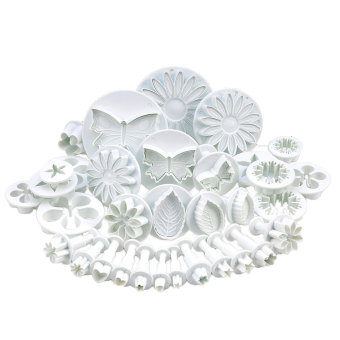What Are The Disadvantages Of Whitening Teeth With Baking Powder?

You can also use a teaspoon of cucumber juice if you wish. Allow to cool and apply the cream twice daily to underarms. Store in a clean container in the fridge and use within 6 weeks. These are some simple underarm lightening recipes to make at home. You can vary and adapt these recipes to suit your own needs and depending on available ingredients.
I agree the whole teeth whitening thing is rather confusing. A bit of salt, baking powder and apple cider vinegar, mix into a paste on a plate with your toothbrush and gently brush teeth avoiding gums as much as possible. Sometimes I first use olive oil to cover and protect the gums and also wipe my teeth with it which also helps to whiten.
Sometimes I use it after the baking powder mix instead as it seems to make them shine and feel like they have a coat of protection on them. My gums now when flossing don't bleed like they used to which I think is a good sign. On one particular website a lady said her and her family have been using the salt, baking powder and vinegar paste for the past 40 years and they all have healthy white teeth.
Also, brushing with Neutrogena unscented soap, as it contains glycerin which is good for teeth whitening, has been suggested but I haven't tried it yet, (about to tonight). Never mix glycerin and hydrogen peroxide together as the reaction is damaging to your teeth, even though some home whitening kits you can buy contains both.
Using homemade whitening paste is one of the most popular methods that people use to whiten their teeth. This is because it is rather convenient to make and spares them a whole lot of time and money from the most expensive place to have teeth bleached - the dentist's office.
One of the more crucial elements of the homemade whitening paste is the baking soda. Without it, the homemade whitening paste won't really be that effective. The hot question at hand is - does baking soda whiten teeth? Does baking soda whiten teeth? To find the answer, a close look at what baking soda (scientific name Sodium bicarbonate) is and what it does is necessary.
Sodium bicarbonate is a chemical leavening agent used in baking and contrary to popular belief it is not the same as baking powder. First and foremost, sodium bicarbonate breaks up the plaque in the mouth and the teeth and it is helpful since plaque contributes to the coloring of teeth from white to yellowish. By getting into contact with water, sodium bicarbonate's properties change and in this form it works by removing stain and releasing free radicals (which penetrate the tooth enamel and crush double carbon bonds).
Considering the amount of beverages that people drink other than water, as well as the amount of convenient foods consumed daily, the sodium bicarbonate is helpful to a certain extent as it is a proven cleaner. Does baking soda whiten teeth? Yes, as the free radicals it releases clean and whiten surfaces of the teeth. Sodium bicarbonate is also strong enough to clean and whiten stains of coffee and soda. There is a catch however as these beneficial free radicals can also the damage the surfaces that are not strong enough in structure and in health.
With this at hand, it is wise to be cautious as to how much baking soda is used on teeth as well as how often (or how long) it used every time. When applying sodium bicarbonate as the primary method for teeth bleaching, always consider the extent of damage it can cause on the teeth even though it is a proven cleaner and whitener on its own.
Everything you need to know to get white teeth: how to blanch and foods that help to keep the white or stain. Over time, teeth turn yellow or stain. These inconveniences are accentuated if you have bad habits (too sweet diet, smoking, high consumption of coffee, tea, etc.) and if your question is very porous.
Do not panic, however, to find whiter teeth and healthier without breaking the bank, you only need to apply these simple tips, and know the foods that make teeth white or stain. The charcoal is a natural medication obtained through carbonation of several varieties of poplar or coconut. To enjoy its benefits, you can add some product directly to your toothpaste when you brush your teeth. You can also pour some charcoal powder in a cup or small bowl, soak a damp cotton swab in it and then apply it on your teeth by rubbing them one by one.
You soon notice the whitening effects of charcoal! Once your teeth whiter use this trick only 1 or 2 times a week will be enough. You are afraid to swallow charcoal? No problem, the charcoal is edible. This is also a great anti-diarrhea. Among the many properties owned by the baking soda, there are teeth whitening!
And because it is a natural declare. Sprinkle simply brush your teeth baking soda and apply on your teeth like conventional toothpaste. You can also mix baking soda with half a lemon juice to make a paste that you also use as toothpaste. Lemon promotes gloss of teeth. However, the baking soda is abrasive, it is important to use this trick once a week at most, as your enamel may suffer. You will see real results after 2 to 3 months of use. Thanks to its high iodine content, the salt has great antiseptic and anti fungal properties. 2 to 3 times a week, wash your teeth by mixing coarse sea salt with warm water. You will get a sort of sea water.
0 Response to "What Are The Disadvantages Of Whitening Teeth With Baking Powder?"
Post a Comment